
Douglas MacArthur was an American military leader who served as General of the Army for the United States, as well as a field marshal to the Philippine Army. He served with distinction in World War I, was Chief of Staff of the United States Army during the 1930s and was Supreme Commander for the Allied Powers in the Pacific theater during World War II. MacArthur was nominated for the Medal of Honor three times, and received it for his service in the Philippines campaign. This made him along with his father, Arthur MacArthur Jr., the first father and son to be awarded the medal. He was one of only five men to rise to the rank of General of the Army in the U.S. Army, and the only one conferred the rank of field marshal in the Philippine Army.

The Philippine Scouts (Filipino: Maghahanap ng Pilipinas/Hukbong Maghahanap ng Pilipinas) was a military organization of the United States Army from 1901 until after the end of World War II. These troops were generally Filipinos and Filipino-Americans assigned to the United States Army Philippine Department, under the command of American commissioned officers (though a handful of Filipino Americans received commissions from the United States Military Academy). Philippine Scout units were given the suffix "(PS)", to distinguish them from other U.S. Army units.
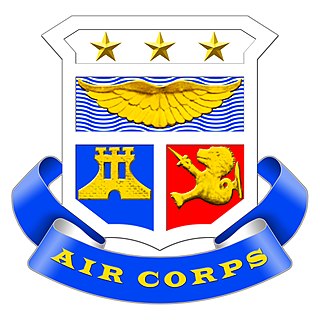
The Philippine Army Air Corps was created in 1935 as the air component of the Philippine Army. It was the predecessor of the Philippine Air Force, created in 1947.
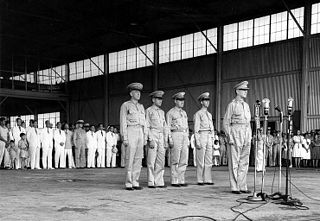
United States Army Forces in the Far East (USAFFE) was a military formation of the United States Army active from 1941 to 1946. The new command's headquarters was created on 26 July 1941, at No. 1, Calle Victoria, Manila, Luzon, the Philippines, with General Douglas MacArthur as commander. The Chief of Staff was Brigadier General Richard K. Sutherland and the Deputy Chief of Staff was Lieutenant Colonel Richard J. Marshall. The core of this command was drawn from the Office of the Military Advisor to the Commonwealth Government of the Philippines.

The Distinguished Service Cross (DSC) is the United States Army's second highest military decoration for soldiers who display extraordinary heroism in combat with an armed enemy force. Actions that merit the Distinguished Service Cross must be of such a high degree that they are above those required for all other U.S. combat decorations, but which do not meet the criteria for the Medal of Honor. The Army Distinguished Service Cross is equivalent to the Naval Services' Navy Cross, the Air and Space Forces' Air Force Cross, and the Coast Guard Cross. Prior to the creation of the Air Force Cross in 1960, airmen were awarded the Distinguished Service Cross.

Arthur MacArthur Jr. was a lieutenant general of the United States Army. He became the military Governor-General of the American-occupied Philippines in 1900; his term ended a year later due to clashes with the civilian governor, future-U.S. President William Howard Taft.

The Battle of Bataan was fought by the United States and the Philippine Commonwealth against Imperial Japan during World War II. The battle represented the most intense phase of the Japanese invasion of the Philippines during World War II. In January 1942, forces of the Imperial Japanese Army and Navy invaded Luzon along with several islands in the Philippine Archipelago after the bombing of the American naval base at Pearl Harbor.

Edward Postell King, Jr. was a major general in the United States Army who gained prominence for leading the defense of the Bataan Peninsula in the Battle of Bataan against the Japanese invasion of the Philippines in World War II.
Field Marshal of the Philippines was a rank created in 1936 to be held by Douglas MacArthur.
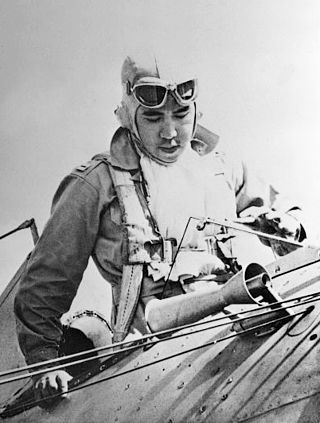
Jesús Antonio Villamor was a Filipino-American pilot, spy, and Medal of Valor awardee who fought the Japanese in World War II.

The Medal of Valor is the Armed Forces of the Philippines' highest military honor awarded for a conspicuous deed of personal bravery or self-sacrifice above and beyond the call of duty that distinguishes the recipient from his comrades. It is defined in the Philippine Army Awards and Decorations reference material FC 1–0062, itself adapted from the Armed Forces of the Philippines Awards and Decorations Handbook, Second Edition published in 1997, as an award for "heroism in combat" and is foremost in the order of precedence of awards and decorations of the Armed Forces of the Philippines.
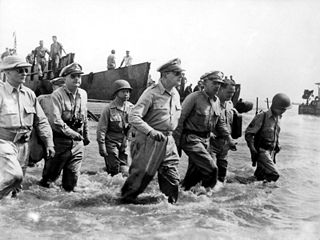
The Philippines campaign, Battle of the Philippines, Second Philippines campaign, or the Liberation of the Philippines, codenamed Operation Musketeer I, II, and III, was the American, Mexican, Australian and Filipino campaign to defeat and expel the Imperial Japanese forces occupying the Philippines during World War II.

This is the service summary of Douglas MacArthur, a General in the United States Army, who began his career in 1903 as a second lieutenant and served in three major military conflicts, going on to hold the highest military offices of both the United States and the Philippines.
Paul Irvin "Pappy" Gunn was a former United States naval aviator known mainly for his actions in the Second World War as an officer in the United States Army Air Forces. He was known as "an expert in dare-devil low-level flying," and recognized for numerous feats of heroism and mechanical ingenuity, especially modifications to the Douglas A-20 Havoc light bomber and B-25 Mitchell medium bomber that turned them into attack aircraft.
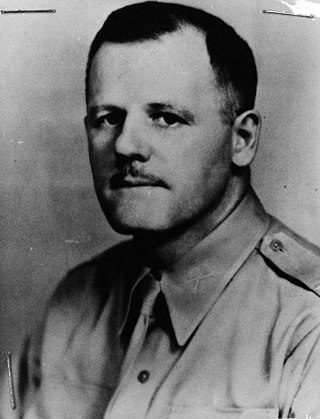
Albert Monmouth Jones was an American major general and known for his command of the 51st Philippine Division and subsequently I Philippine Corps during the Japanese invasion in World War II.

The military career of former Philippine President Ferdinand Marcos during World War II has been the subject of debate and controversy, both in the Philippines and in international military circles. Marcos, who had received ROTC training in the University of the Philippines, was activated for service in the US Armed Forces in the Philippines after the attack on Pearl Harbor. He served as a 3rd lieutenant during the mobilization in the summer and fall of 1941, continuing until April 1942, after which he was taken prisoner. According to Marcos's account, he was released from prison by the Japanese on August 4, 1942, and US military records show that he rejoined USAFIP forces in December 1944. Marcos's military service then formally ended with his discharge as a major in the 14th Infantry, US Armed Forces in the Philippines Northern Luzon, in May 1945.
Emigdio is a given name. Notable people with the name include:

The Government of the Commonwealth of the Philippines in exile was a continuation of the government of the Commonwealth of the Philippines after they had been evacuated from the country during World War II. The Commonwealth of the Philippines was self-governing, although under the ultimate control of the United States.

William Hanson Gill was a highly decorated officer in the United States Army during World War II. Originally a civil engineer, Gill entered the army in 1912 and served with infantry units throughout his career. He rose to the general's rank during World War II and commanded 32nd Infantry Division in the South Pacific Theater until the end of War.
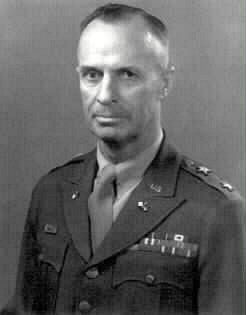
Spencer Ball Akin was a retired United States Army major general. During World War II, he served as the Chief Signal Officer, United States Army Forces in the Far East under General Douglas MacArthur. Akin later served as Chief Signal Officer, United States Army from 1947 to 1951.

















